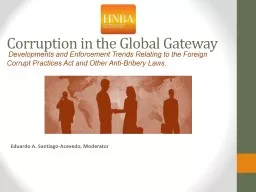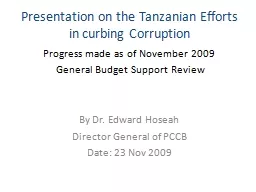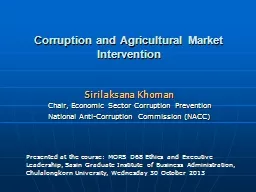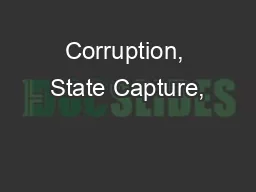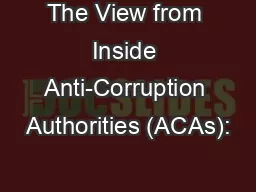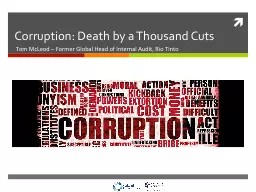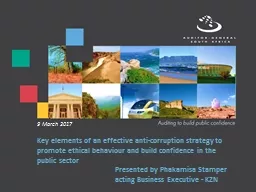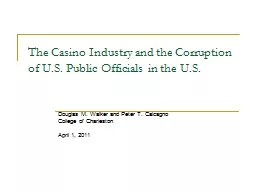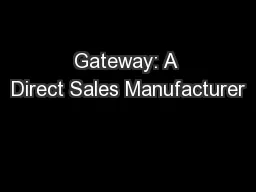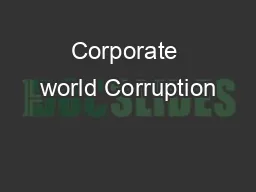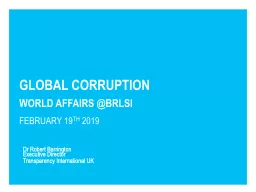PPT-Corruption in the Global Gateway
Author : tatiana-dople | Published Date : 2018-11-06
Developments and Enforcement Trends Relating to the Foreign Corrupt Practices Act and Other AntiBribery Laws Eduardo A SantiagoAcevedo Moderator
Presentation Embed Code
Download Presentation
Download Presentation The PPT/PDF document "Corruption in the Global Gateway" is the property of its rightful owner. Permission is granted to download and print the materials on this website for personal, non-commercial use only, and to display it on your personal computer provided you do not modify the materials and that you retain all copyright notices contained in the materials. By downloading content from our website, you accept the terms of this agreement.
Corruption in the Global Gateway: Transcript
Download Rules Of Document
"Corruption in the Global Gateway"The content belongs to its owner. You may download and print it for personal use, without modification, and keep all copyright notices. By downloading, you agree to these terms.
Related Documents

